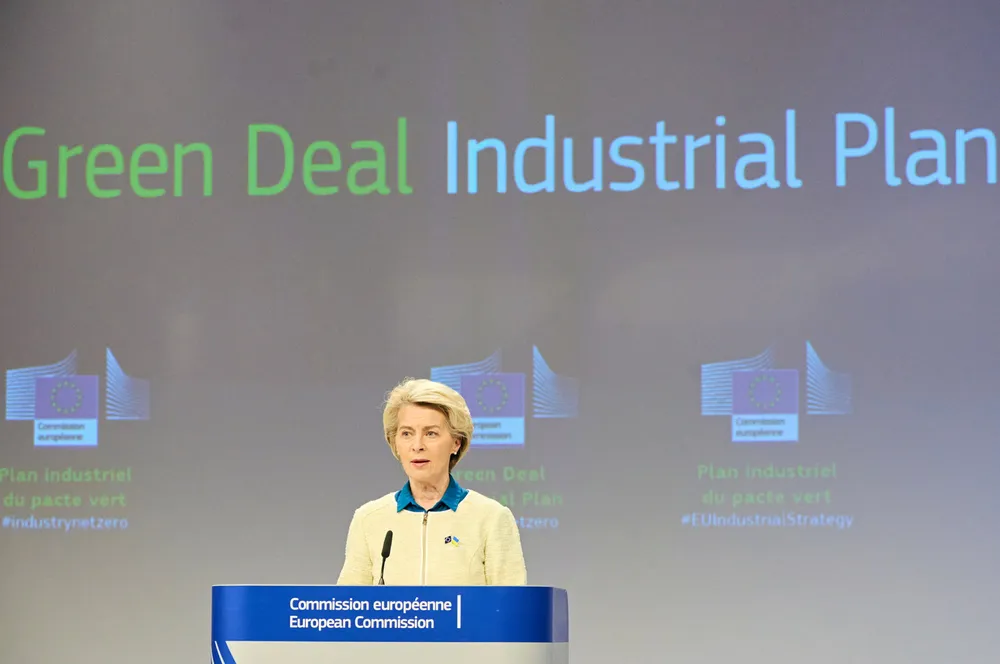OPINION | The EU's plan for subsidised green hydrogen auctions is welcome — but still inadequate. Here's why
The planned ten million tonnes of green H2 by 2030 will cost €250bn-300bn to produce, so the €800m allocated is just a drop in the ocean, writes Jonas Moberg, CEO of the Green Hydrogen Organisation
